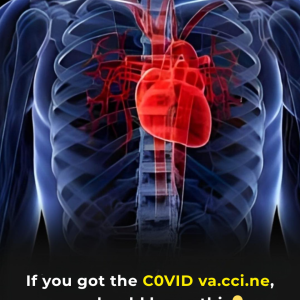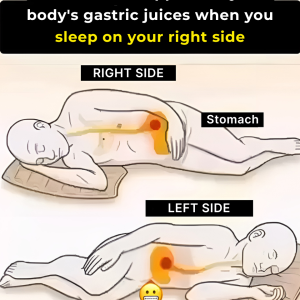
Do you have trouble climbing stairs, carrying groceries, or gardening as long as you used to? It’s tempting to blame it all on age—but sometimes, your muscles are sending you an early warning sign. A subtle yet very real phenomenon affects many adults after 50, often without them realizing it. The good news: it can be slowed down, and even prevented.
What Exactly Is Sarcopenia?
Behind the scientific name lies a simple reality: sarcopenia is the gradual loss of muscle mass and strength. Far from being an inevitable part of aging, it is now recognized as a medical condition in its own right—one that can significantly reduce quality of life.
Less strength, quicker fatigue, unsteady movements—sarcopenia also increases the risk of falls, fractures, and overall frailty. On top of that, it often connects with other imbalances, such as weight gain, poor blood sugar regulation, or a general decline in energy.
Why Does It Happen—And Who Is at Risk?

Although muscle mass naturally begins to decline around age 30, the process accelerates after 60. The main culprits are often a combination of:
1. Time itself
With age, hormones that support muscle health (such as growth hormone and IGF-1) decrease. Recovery slows down, and the body absorbs nutrients less efficiently.
2. Lifestyle habits
Skipping meals, eating too little protein, sitting too often, or leading a sedentary life all weaken muscle over time. Inactivity is the number one risk factor. A lack of vitamin D—common in many populations—also reduces muscle tone.
3. Underlying health conditions
Diseases like diabetes, thyroid disorders, chronic inflammation, or neurodegenerative conditions can speed up muscle loss, sometimes without obvious early symptoms.
Warning Signs to Watch For
You don’t need special machines to suspect sarcopenia. Everyday struggles may be enough to raise the alarm. Common signs include:
- Difficulty rising from a chair without using your arms
- Getting unusually breathless when climbing a single flight of stairs
- Noticeably less firmness in your arms or thighs
- Frequent stumbling or balance problems
- Unexplained fatigue throughout the day
How to Protect Your Muscles

The encouraging news? Sarcopenia isn’t inevitable. Even in your 70s, muscle strength can be preserved—and regained—with the right habits.
1. Keep moving—daily
You don’t need to run marathons. Practical, functional exercises are enough: squats, lunges, push-ups against a wall, brisk walking, stair climbing, yoga, Pilates, cycling, or swimming. Aim for at least 10–20 minutes a day.
2. Prioritize protein
Protein is muscle fuel. Experts recommend 1.2 to 1.5 grams of protein per kilogram of body weight daily. Eggs, fish, legumes, yogurt, poultry, and cheese are all excellent options.
3. Support with key nutrients
Vitamin D, calcium, and omega-3 fatty acids all play an important role. Pair them with good hydration for optimal results.
4. Limit what drains you
Ultra-processed foods, refined sugar, excess alcohol, and high levels of saturated fats add unnecessary strain to the body. Balance—not restriction—is the goal.
Bottom Line
Muscle loss doesn’t have to be a “normal” part of aging. Sarcopenia is a real condition, but one that can be prevented—or at least slowed—with daily movement, smart nutrition, and healthier lifestyle choices. By taking care of your muscles, you protect not only your strength, but also your independence, balance, and long-term vitality.




